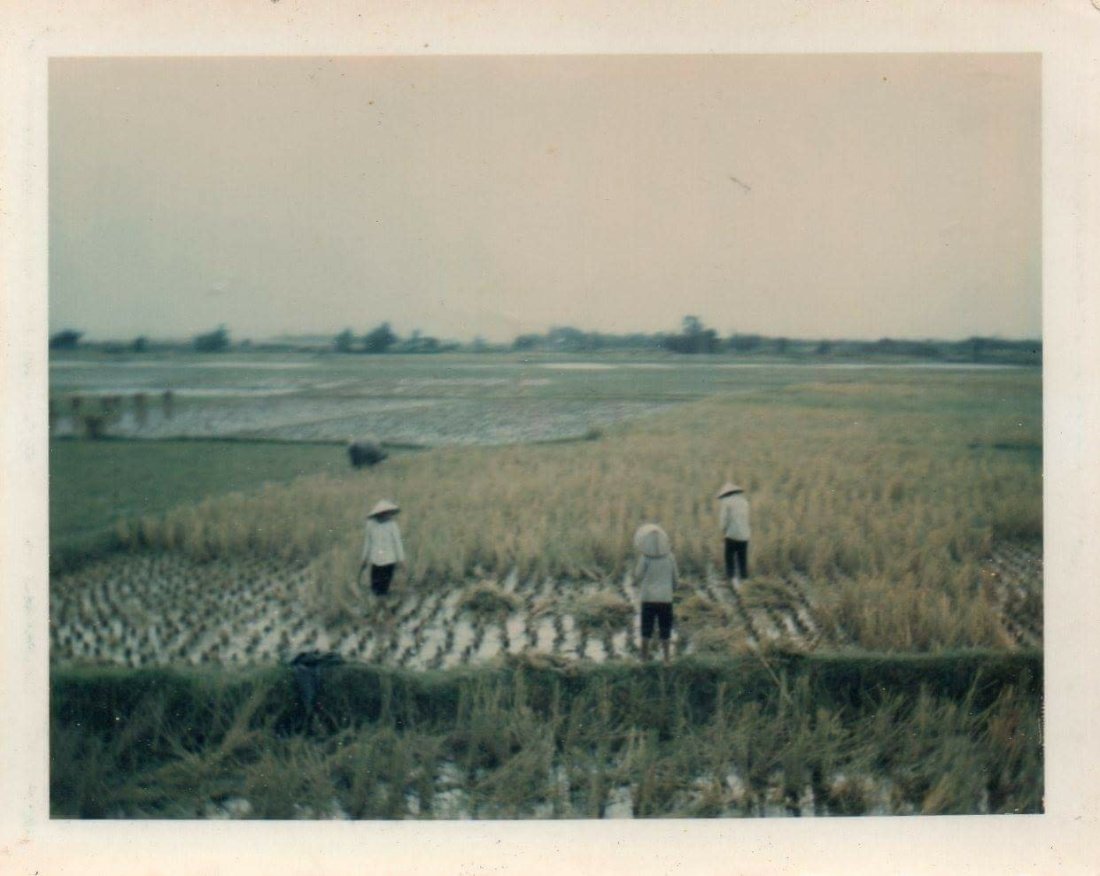
Sunday, September 22, 1968
The local Vietnamese had a variety of crops, but none were more important than rice. The typhoon (wind and rain) damaged or destroyed many fields that were ready for harvest. Complicating this situation were enemy stockpiles of rice which had also been destroyed by the flood. Typically, the NVA/VC would extort whatever they needed from the locals. However, this natural disaster had caused a temporary slowdown in hostile activities toward us because everyone was regrouping.
Rice was a symbol of national pride. There were images of the annual grain harvest on Vietnamese coins. It represented their culture and agrarian way of life (like our Buffalo Nickel and the Old West).
The situation in the An Hoa Basin begged the questions: Is this conflict a Civil War or a Revolution? Why are we here? Which side is right? The answers from our government were that we needed to honor our treaties and commitments around the world. If Vietnam fell to Communism, it would cause a “Domino Effect,” allowing a chain reaction throughout Asia. We were told there would be a “Blood Bath” if we abandoned the South Vietnamese people, and we believed it.
The rice in the fields after the typhoon needed to be harvested quickly or it would rot. We could see the light-colored bundles piled on the paddy dykes to dry. Larger embankments or levees were cluttered with the soggy crop. There were lines of women carrying these wet bundles and salvaging whatever they could to survive.
